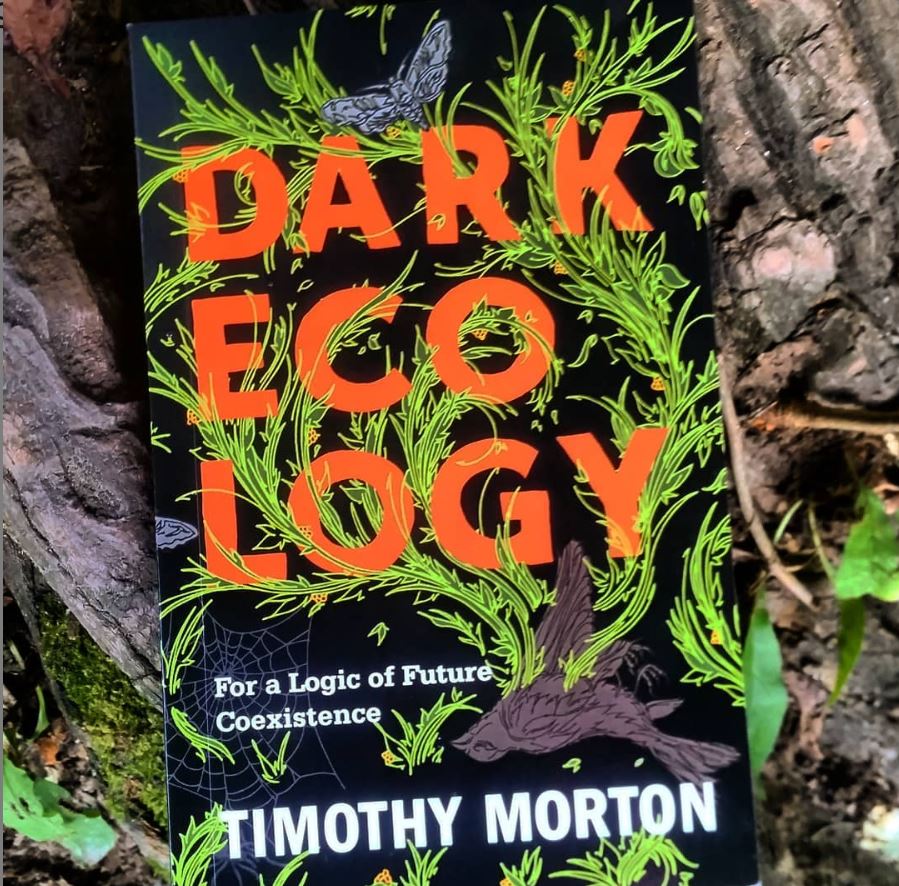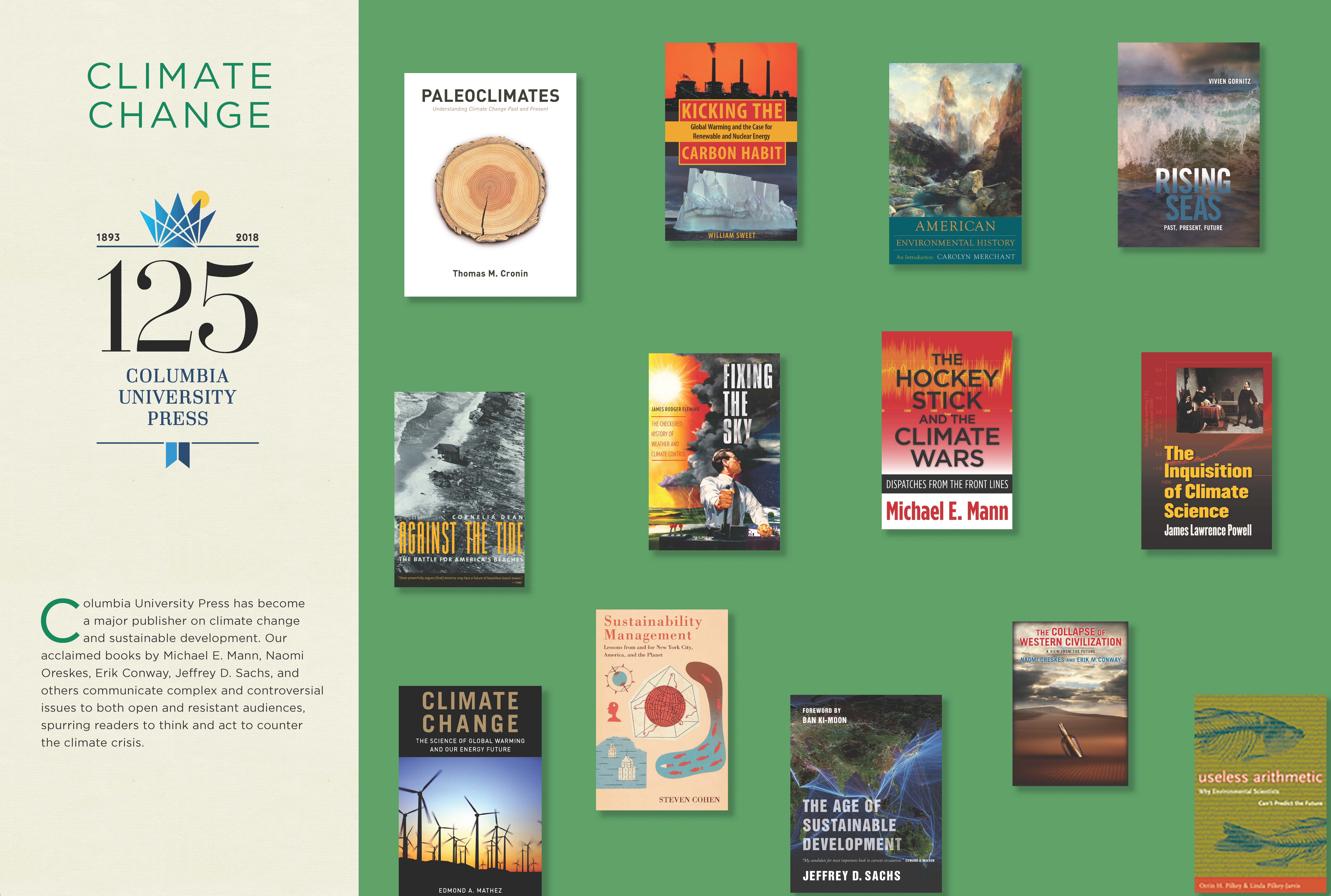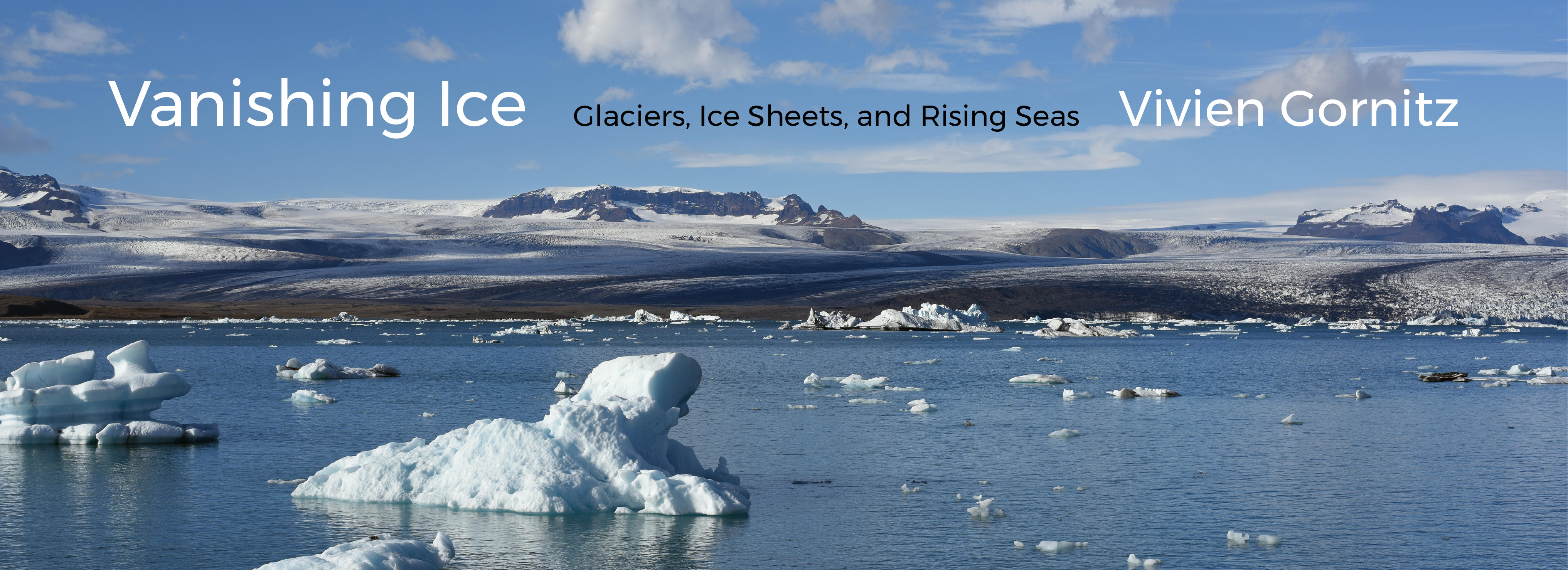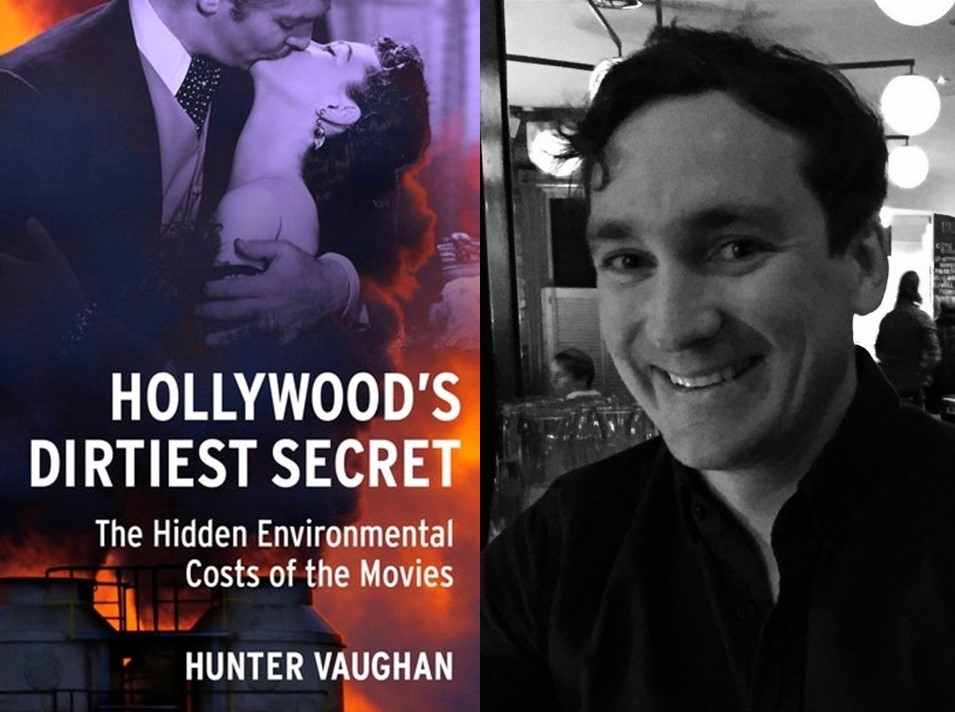Media Roundup: Dark Ecology: For a Logic of Future Coexistence

“In often witty and humorous language, Timothy Morton provides a kind of affective atlas for the human era. The book calls for scholars to recognize the structures of entwinement between (the human) species and ecological phenomena and to develop modes of thought for accommodating them.”
~Kate Marshall, University of Notre Dame
In honor of Earth Day later this month, we are highlighting books about climate change and environmental studies. Today’s feature is on Dark Ecology: For a Logic of Future Coexistence. In this work Timothy Morton explores the foundations of the ecological crisis to reestablish our ties to nonhuman beings and rediscover playfulness and joy.
Enter our drawing for a chance to win a copy of the book.
• • • • • •
In the News
A Mutable Cloud: On “Dark Ecology” and “Confessions of a Recovering Environmentalist and Other Essays”
Los Angeles Review of Books: November 2017
ENVIRONMENTAL COLLAPSE does not happen suddenly. For that reason, we have difficulty seeing it. Its point of no return is not clearly marked, which troubles a clear understanding of just how bad things are at any given time. Because environmental collapse (and indeed the environment itself) is massively distributed in time and space, its scope can only be grasped in fragments. But any way you look at it, the planet is in trouble, and all of us must come to terms with it.
This is not just an urgent political crisis; it also presents us with a conceptual challenge and unevenly distributed personal trauma. In different ways, both Timothy Morton and Paul Kingsnorth — authors of two recent books that develop an approach called “dark ecology” — investigate these components of the catastrophe. Though the environmental disaster bookshelf grows more crowded every year, dark ecology stands out for the way it makes use of the grief we feel when we face environmental collapse head-on. Most books and films about ecological crisis pull away from catastrophic thinking in the end, reassuring us with presentations of geo-engineering solutions or lists of Things You Can Do (Change your light bulbs!). Dark ecology is having none of that. Instead, it stays with the darkness. It does not deny the searing grief and horror one feels when the collapse flickers into view.
‘A reckoning for our species’: the philosopher prophet of the Anthropocene
The Guardian: June 2017
A few years ago, Björk began corresponding with a philosopher whose books she admired. “hi timothy,” her first message to him began. “i wanted to write this letter for a long time.” She was trying to give a name to her own singular genre, to label her work for posterity before the critics did. She asked him to help define the nature of her art – “not only to define it for me, but also for all my friends, and a generation actually.”
It turned out the philosopher, Timothy Morton, was a fan of Björk. Her music, he told her, had been “a very deep influence on my way of thinking and life in general”. The sense of eerie intimacy with other species, the fusion of moods in her songs and videos – tenderness and horror, weirdness and joy – “is the feeling of ecological awareness”, he said. Morton’s own work is about the implications of this strange awareness – the knowledge of our interdependence with other beings – which he believes undermines long-held assumptions about the separation between humanity and nature. For him, this is the defining characteristic of our times, and it is compelling us to change our “core ideas of what it means to exist, what Earth is, what society is”.
Timothy Morton, Dark Ecology: For a Logic of Future Coexistence
Book Review: The British Society for Literature and Science
Drawn from his 2015 series of Wellek lectures, Timothy Morton’s new work by turns fascinates, mystifies, stuns, confuses, and excites. Readers who seek new vocabularies for thinking about the Anthropocene and the vexed relation between human society and biological life will find a lot to work with. Readers who seek a more succinct explanation of ‘dark ecology’, an aesthetics of ecological experience Morton has been developing for a decade, will be disappointed. Rather than attempt to summarize the study’s many argumentative threads, I will point out a few key lines of thought and then examine the challenge Morton presents to the wider field of science and literature and for drawing analogies between its subjects.
A few words on the organization of Dark Ecology: arguing that ‘ecological awareness is weird: it has a twisted, looping form’ (6), Morton plays extensively with looping forms at both small and large scale: from statements that loop back on themselves (‘weird weirdness’ (6), ‘the seduction that the seduction might not be a seduction’ (86)); to several ouroboros icons; to the sequence of the chapters themselves. The three main chapters, or ‘Threads’, are bookended by a preface titled ‘Beginning after the End’ and a conclusion titled ‘Ending Before the Beginning’.
From The CUP Archives
The intellectual range of Timothy Morton, author of Dark Ecology: For a Logic of Future Coexistence, is rare among today’s academic. In addition to his important theoretical and philosophical work, he has also collaborated with visual artists and musicians, including Bjork. In the following video, Morton talks with noted contemporary artist Olafur Eliasson.
Morton and Eliasson’s interests intersect in many ways, ranging from man’s evolving relationship to nature to the role of art in such a society. In the following talk, Morton and Eliasson discuss these issues and more:
Dark ecology puts us in an uncanny position of radical self-knowledge, illuminating our place in the biosphere and our belonging to a species in a sense that is far less obvious than we like to think.






